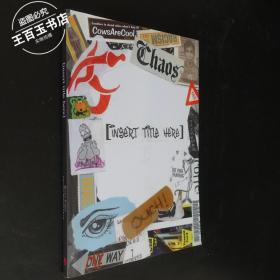摘要:本篇文章介绍了一项创意行动,即将购物袋转化为灯笼,并探讨了地面策略验证与深入执行计划数据的重要性。通过巧妙利用废弃购物袋制作灯笼,不仅展示了创意与环保理念,还强调了在实际操作中执行计划数据的重要性。文章以仕版34.55.20为标识,为读者提供了一个富有创意和实用性的视角。
In the realm of innovative ideas and practical applications, there lie opportunities for transforming ordinary items into unique creations and validating strategies for enhanced effectiveness. This article explores the concept of transforming shopping bags into lanterns and the importance of conducting on-ground strategy plan validation.
Shopping bags are a common sight in our daily lives, often used for carrying purchases. However, these bags can also be repurposed into something beautiful and functional - lanterns. The idea of using shopping bags in this way is not only creative but also environmentally friendly. It provides a way to recycle and reuse materials that would otherwise be discarded, reducing waste and promoting sustainability.
The process of transforming shopping bags into lanterns involves several steps. First, the bags need to be cleaned and sorted based on their material and color. Then, they can be cut into suitable shapes and sizes for lantern construction. Decorative elements like strings, sequins, or even small lights can be added to enhance the appearance of the lanterns. The final result is a unique and attractive lantern that can be used for various occasions like festivals or home decoration.
While the concept of shopping bag lanterns is a creative endeavor, it also serves as a practical example of on-ground strategy plan validation. In the business world, strategy plan validation is crucial for ensuring that a plan's objectives are met effectively. It involves testing the plan in a real-world environment to identify any shortcomings or areas for improvement.
On-ground strategy plan validation involves several steps as well. Firstly, the plan should be clearly defined with specific goals and objectives. Then, it needs to be communicated effectively to all stakeholders, ensuring their understanding and commitment to the plan. Next, the plan should be implemented in a controlled environment, allowing for monitoring and evaluation of its progress.
Data collected during implementation should be analyzed to determine the plan's effectiveness. This analysis provides insights into whether the strategy is achieving its intended results and identifies any areas that require adjustment or improvement. It is important to involve key personnel in this analysis to gather diverse perspectives and suggestions for improvement.
The lesson learned from the shopping bag lantern project can be applied to on-ground strategy plan validation. Just as shopping bags are repurposed into lanterns, strategies need to be evaluated and reevaluated in real-world scenarios to ensure their effectiveness. The success of the lantern project lies in its adaptability and creativity, which are also key elements in successful strategy implementation.
Moreover, both initiatives emphasize the importance of sustainability and environmental responsibility. By repurposing shopping bags into lanterns, we are reducing waste and promoting sustainability. Similarly, by validating our strategies in a controlled environment, we ensure that our plans are sustainable and effective in achieving our goals.
In conclusion, the intersection of shopping bag lanterns and on-ground strategy plan validation exemplifies the power of creativity and practicality. By harnessing the potential of ordinary items like shopping bags and validating our strategies in real-world scenarios, we can create sustainable solutions that are not only beautiful but also effective in achieving our objectives. This approach encourages innovation, creativity, and environmental responsibility, paving the way for a more sustainable future.




 皖ICP备19020861号-1
皖ICP备19020861号-1 皖ICP备19020861号-1
皖ICP备19020861号-1